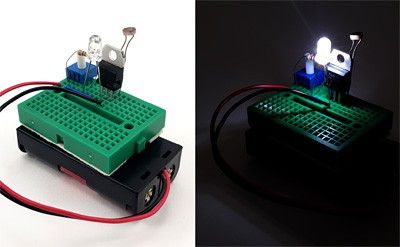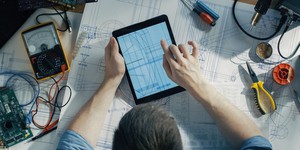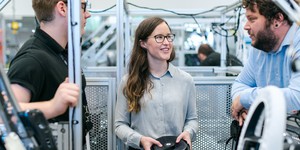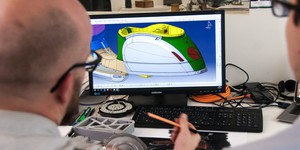Summary
If you want a Project Idea with full instructions, please pick one without an asterisk (*) at the end of the title.
Abstract
Night-lights can be found in many homes; you might even have one in your bedroom! Using a night-light is a great way to avoid stubbing your toe on furniture during a midnight trip to the bathroom. In this fun engineering project, you will design and build your own night-light. You will need to build the circuit, but you will also need to think about the physical design of the product. Most people probably do not want an ugly, bare circuit board sitting around their house. Can you make a functional, aesthetically pleasing case or enclosure for your circuit? You could make a case using craft materials, wood, or even a 3D printer if you have access to one.If you need some help getting started and learning how to build an LED night-light circuit, first watch this video for an overview and explanation of how the circuit works.
- DIY Night Light Kit, available from our partner
Home Science Tools.
You will need these items from the kit:
- A mini breadboard for building the circuit.
- A 2xAA battery pack to power the circuit.
- Super bright LEDs in a variety of colors.
- A current-limiting resistor to prevent the LED from burning out.
- A potentiometer, which allows you to set the light threshold for the circuit to turn on.
- A photoresistor, also called a light-dependent resistor (LDR) or photocell. Its resistance changes in response to ambient light.
- A transistor, which acts as an electronic control valve to turn the LED on and off.
- A jumper wire to make a required connection on the breadboard.
To wire the circuit, see the diagrams in Figures 1 and 2. Figure 1 shows the connections directly between the leads of the different circuit components. You can use this diagram if you plan to solder the circuit yourself on a protoboard (you will need to decide how to arrange the components). Figure 2 shows the circuit on a breadboard. You can follow this diagram exactly. If you do not know how to use a breadboard, see the breadboard tutorial in the Bibliography.
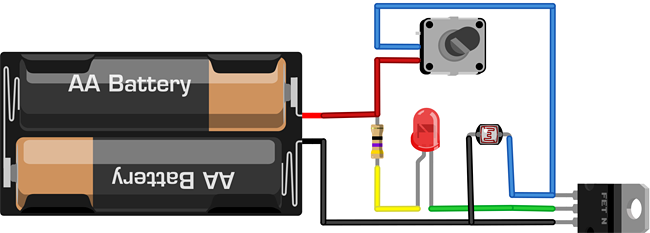 Image Credit: Ben Finio, Science Buddies / Science Buddies
Image Credit: Ben Finio, Science Buddies / Science Buddies
Figure 1. Wiring diagram for the LED night-light circuit. Image made with Fritzing.
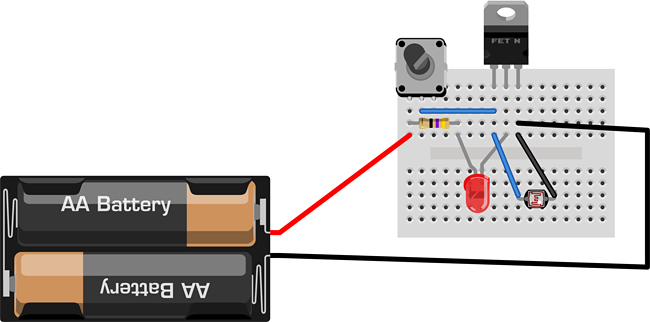 Image Credit: Ben Finio, Science Buddies / Science Buddies
Image Credit: Ben Finio, Science Buddies / Science Buddies
Figure 2. Breadboard diagram for LED night-light circuit. Image made with Fritzing.
How does the circuit work? Remember to watch the video (starting at about 3:25) for an explanation. Figure 3 shows a copy of the schematic. See the Bibliography if you do not know how to read a circuit schematic. The potentiometer and photoresistor are combined to form a voltage divider. The output of the voltage divider turns the MOSFET on and off (therefore turning the LED on and off) depending on the amount of light hitting the photoresistor. The potentiometer allows you to adjust the threshold at which the LED will turn on.
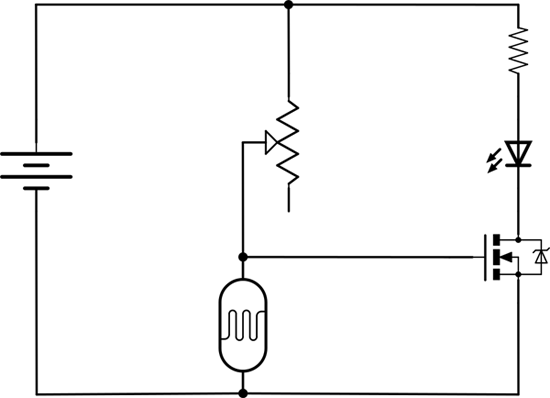 Image Credit: Ben Finio, Science Buddies / Science Buddies
Image Credit: Ben Finio, Science Buddies / Science Buddies
Figure 3. Circuit schematic for the LED night-light.
Bibliography
- SparkFun Electronics (n.d.). Voltage, Current, Resistance, and Ohm's Law. Retrieved February 18, 2019.
- SparkFun Electronics (December 2, 2010). LED Current Limiting Resistors. Retrieved February 18, 2019.
- Wikipedia contributors (n.d.). USB (Physical) - Pinouts. Retrieved February 18, 2019.
- SparkFun Electronics (n.d.). Voltage Dividers. Retrieved February 18, 2019.
- SparkFun Electronics (n.d.). Transistors. Retrieved February 18, 2019.
- Finio, B. (n.d.). How to Use a Breadboard. Science Buddies. Retrieved February 18, 2019.
- SparkFun Electronics (n.d.). How to Read a Schematic. Retrieved February 18, 2019.
Ask an Expert
Global Connections
The United Nations Sustainable Development Goals (UNSDGs) are a blueprint to achieve a better and more sustainable future for all.
Careers
If you like this project, you might enjoy exploring these related careers:
Contact Us
If you have purchased a kit for this project from Science Buddies, we are pleased to answer your questions.In your email, please follow these instructions:
- What is your Science Buddies kit order number?
- Please describe how you need help as thoroughly as possible:
Examples
Good Question I'm trying to do Experimental Procedure step #5, "Scrape the insulation from the wire. . ." How do I know when I've scraped enough?
Good Question I'm at Experimental Procedure step #7, "Move the magnet back and forth . . ." and the LED is not lighting up.
Bad Question I don't understand the instructions. Help!
Good Question I am purchasing my materials. Can I substitute a 1N34 diode for the 1N25 diode called for in the material list?
Bad Question Can I use a different part?
Contact Us
Related Links
- Science Fair Project Guide
- Other Ideas Like This
- Electricity & Electronics Project Ideas
- My Favorites



